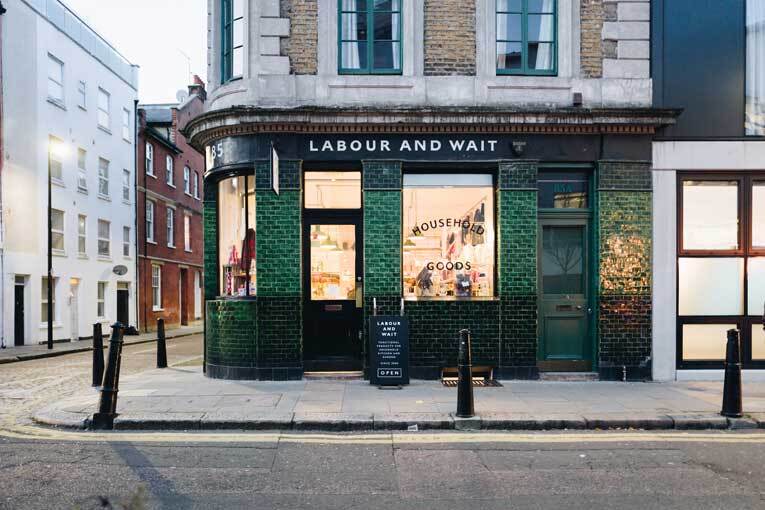A simple guide to business rates in the UK
28 Oct 2019

It can be easy to get overwhelmed with everything you need to keep on top of as a business owner, but there’s one thing you shouldn’t let fall through the cracks: staying legal.
Part of this is making sure you pay the right fees, including business rates. These are fees that you may need to pay if you’re running a business from a non-residential property. Usually, this responsibility falls onto the occupier, whether that’s a landlord, tenant, or sub-tenant.
If it sounds scary, don’t panic. We’ve put together a guide to everything you need to know.
This article covers
What are business rates?
Business rates are basically taxes paid on non-residential properties, like shops, offices, and factories.
Even if you only occupy part of a building for non-domestic purposes, you may still need to pay business rates.
How to calculate business rates
Business rates on non-residential properties are figured out by the local council. They do this by multiplying the rateable value of a property by a multiplier (or what’s often called a “poundage”). This is either a standard multiplier or a small business multiplier.
The Valuation Office Agency (VOA) gives every non-domestic property a rateable value which is then used to work out the business rates. This basically represents a property’s estimated annual rental value on the open market.
There are three stages the VOA goes through to find the rateable value of a property:
1. Firstly, they collect rent and lease agreement details, which are then analysed and adjusted by surveyors to make sure that all evidence provided is considered fairly. This approach will vary depending on the type of property (e.g. a B&B will be valued using different information than a shop).
2. The VOA then set common basic values per square metre for similar properties in the vicinity. Note that larger properties might actually have a lower value per square metre, just like buying products in bulk can mean lower individual prices per item.
3. Finally, the VOA tweaks the basic value per square metre so that it reflects all of the unique features of the property.
There’s an easy way to check a property’s rateable value on the VOA’s website. Just head over to the business rates calculator to find the value of the property you’re interested in.
If you think the rateable value is wrong, you can challenge the assessment and appeal to have it changed.
Small business rates relief
Small Business Rates Relief is applicable to properties with a rateable value of less than £15,000.
Business owners that occupy a single property with a rateable value of up to £12,000 get full relief on business rates.
Properties that have a rateable value between £12,001 and £15,000 also get tapered relief. This falls between 100% and 0% depending on how much the property is valued at.
What if I carry out my business from home?
You might be wondering whether you need to pay business rates if you’re running your business from the comfort of your home.
Under normal circumstances, you won’t be required to pay business rates if you use a small part of your home for business - for example, an office or a study.
However, you might be required to pay business rates if:
- Your property is split up into two separate sections, one for domestic purposes and one for business purposes. For example, if you have a flat and a shop on the same premises, you might be required to pay business rates
- You sell things to people who visit your home
- You employ people who work for your business in your home
Get savvy about business rates
Business rates are an important consideration if you’re running your business from a non-domestic property. It’s worth getting savvy about what it means and what kinds of businesses and buildings are exempt so you can determine whether you can get any relief - even if it’s just for a few months while you get started.
In the meantime, you can use the business rates calculator on the VOA’s website to figure out the rateable value on properties you’re interested in to see what kind of fees you might be required to pay.


